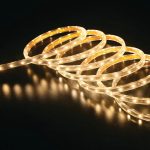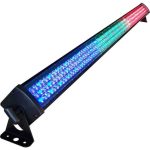LED vs Halogen Bulbs: Understanding the Key Differences
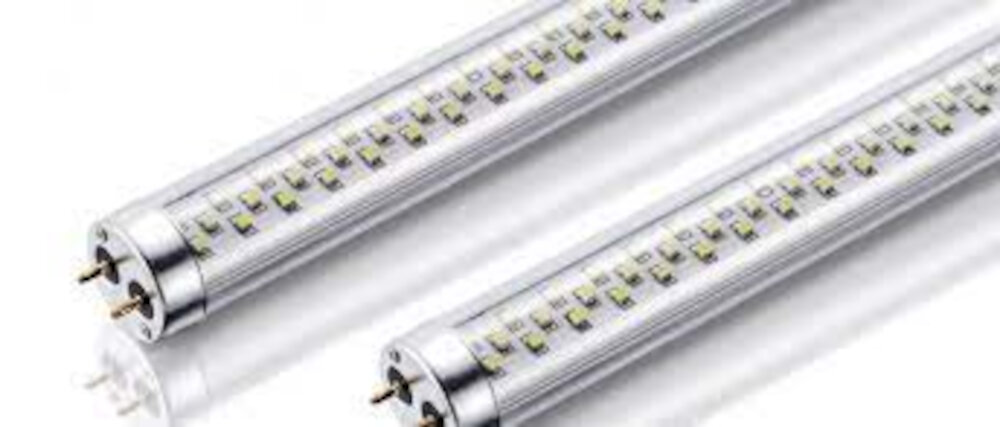
Lighting plays a crucial role in our daily lives, and it is essential to have the right kind of lighting to create a comfortable and visually appealing atmosphere. Two popular lighting options that have gained significant attention in recent years are LED and Halogen bulbs. While both serve the same purpose of providing light, there are several key differences between the two. Understanding these differences can help you make an informed decision about which type of bulb to choose for your lighting needs. LED (Light Emitting Diode) bulbs are a newer type of lighting technology that has gained popularity due to their energy efficiency and long lifespan. LED bulbs use less energy than traditional incandescent bulbs and are known to last up to 25 times longer. They are also available in a range of colors and can be dimmed to create a warm and inviting atmosphere. On the other hand, Halogen bulbs are a type of incandescent bulb that uses a tungsten filament and a small amount of halogen gas to produce light. While they are less energy efficient than LED bulbs, they are still more efficient than traditional incandescent bulbs and are known for their bright, white light. By understanding the key differences between these two types of bulbs, you can choose the best option for your specific lighting needs.
LED (Light Emitting Diode) bulbs are a more efficient and eco-friendly lighting option compared to traditional halogen bulbs. LED bulbs consume less energy, have a longer lifespan, and emit less heat than halogen bulbs. They are also available in a wide range of colors and can be dimmed easily. Halogen bulbs, on the other hand, are cheaper and provide a warmer, more natural light. However, they consume more energy, have a shorter lifespan, and emit more heat than LED bulbs. Moreover, halogen bulbs are not environmentally friendly and can be hazardous if not handled properly. Therefore, choosing between LED and halogen bulbs depends on individual preferences and needs.
It is paramount to have a clear understanding of the differences between LED and Halogen bulbs when making a decision on which type of bulb to use. The two bulbs have unique features, capabilities, and limitations that make them suitable for different lighting needs. LED bulbs offer energy efficiency, longer lifespan, and less heat emission compared to halogen bulbs. Halogen bulbs, on the other hand, offer a brighter light, better color rendering, and are cheaper to purchase. By understanding the differences, consumers can make informed decisions that cater to their specific lighting needs, save money in the long run, and contribute to environmental sustainability.
Energy Efficiency

Energy efficiency is a critical aspect that individuals and businesses alike should prioritize. With the increasing demand for energy, it is imperative to focus on sustainable and efficient ways of utilizing it. One of the most significant ways to achieve energy efficiency is through the use of LED bulbs. LED bulbs are known for being energy-efficient, producing more light with less power consumption. They convert almost 95% of the energy consumed into light, unlike halogen bulbs that waste energy by producing heat. LED bulbs also have a longer lifespan, reducing the need for frequent replacements, which ultimately leads to cost savings. With the increasing demand for energy-efficient solutions, LED bulbs have become a popular choice for individuals and businesses worldwide. Moreover, energy efficiency is vital not only for the environment but also for economic reasons. The use of LED bulbs can lead to significant cost savings for households and businesses. Unlike halogen bulbs, LED bulbs are more expensive upfront, but they consume less power and have a longer lifespan. This aspect makes them a cost-effective solution in the long run. LED bulbs also produce less heat, reducing the need for air conditioning and ultimately leading to lower electricity bills. By adopting energy efficiency measures such as the use of LED bulbs, individuals and businesses can reduce their overall energy consumption, save money, and contribute to a more sustainable future.
LEDs, or Light Emitting Diodes, are highly energy-efficient lighting sources that use far less electricity to produce equivalent or even brighter light than halogen bulbs. The secret lies in the way they produce light. Rather than generating heat to produce light, LEDs use a process called electroluminescence, which produces light by passing an electric current through a semiconductor material. This process is much more efficient, as it converts almost all of the energy into light, with very little energy wasted as heat. This means that LEDs use up to 90% less energy than halogen bulbs, which makes them not only more cost-effective but also more environmentally friendly. Additionally, LEDs have a longer lifespan, which means they need to be replaced less frequently, further reducing their impact on the environment.
When it comes to energy efficiency, halogen bulbs lag far behind their LED counterparts. Halogen bulbs operate at extremely high temperatures, which means they consume a lot of energy to produce light. In fact, halogen bulbs are known to be highly inefficient, with only about 10% of their energy being converted into light, while the remaining 90% is wasted as heat. On the other hand, LED bulbs are highly energy-efficient, with up to 90% of their energy being converted into light. This means that LED bulbs use significantly less energy to produce the same amount of light as halogen bulbs, leading to lower electricity bills and a smaller carbon footprint.
Choosing the right bulb for your home or office can have a significant impact on your energy consumption and costs. Energy efficiency is an essential consideration when selecting bulbs, and LED bulbs are the clear winner in this category. LED bulbs use up to 80% less energy than halogen bulbs, resulting in significant savings on energy bills. Additionally, LED bulbs last much longer than halogen bulbs, reducing the frequency of replacements required. By choosing LED bulbs, you can not only save money but also reduce your carbon footprint and contribute to a more sustainable future.
Lifespan
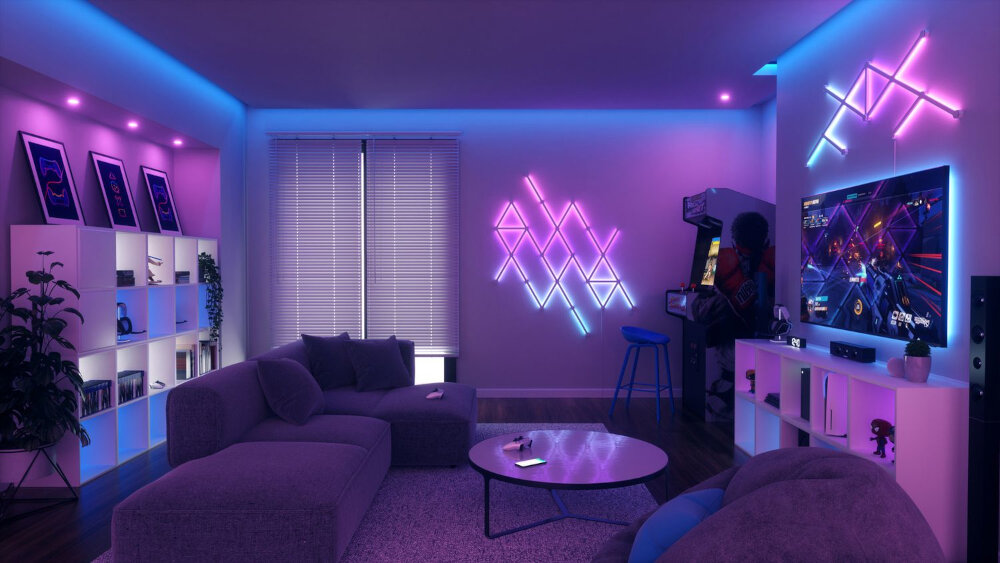
The lifespan of a bulb is a key factor to consider when deciding between LED or halogen bulbs. LED bulbs have a longer lifespan than halogen bulbs, lasting up to 25 times longer. This is due to the fact that LED bulbs do not have a filament that can burn out, unlike halogen bulbs. Instead, LED bulbs use a semiconductor material that emits light when an electrical current passes through it. This means that LED bulbs are more durable and less likely to break or fail, making them a more cost-effective option in the long run. The longer lifespan of LED bulbs also means that they require less frequent replacement, reducing waste and environmental impact. On the other hand, halogen bulbs have a shorter lifespan, typically lasting between 2,000 and 6,000 hours. This is because halogen bulbs use a tungsten filament that can burn out over time. While halogen bulbs are cheaper in the short term, their shorter lifespan means that they require more frequent replacement, which can ultimately end up costing more money over time. Additionally, the frequent replacement of halogen bulbs can lead to more waste and environmental impact. Overall, the longer lifespan of LED bulbs makes them a more sustainable and cost-effective option in the long run.
One of the key differences between LED and halogen bulbs is their lifespan. LED bulbs have a significantly longer lifespan than halogen bulbs, lasting up to 25,000 hours compared to halogen bulbs’ 2,000 hours. This is due to the fact that LED bulbs do not use filaments like halogen bulbs, which can eventually burn out. Instead, LEDs use a semiconductor material that emits light when an electrical current passes through it. This material is much more durable than a filament and can withstand more heat and vibration, making it much less likely to fail. Additionally, LED bulbs do not produce as much heat as halogen bulbs, which can also contribute to their longer lifespan. All of these factors combined make LED bulbs a more reliable and cost-effective choice for lighting.
When it comes to the lifespan of halogen bulbs, they typically have a shorter lifespan compared to LED bulbs. The average lifespan of a halogen bulb is around 2,000 hours, while LED bulbs can last up to 25,000 hours or more. This is because halogen bulbs use a filament that heats up to produce light, which can eventually burn out over time. On the other hand, LED bulbs use a semiconductor that emits light when an electrical current passes through it, which is a more efficient and durable method of producing light. While halogen bulbs may be cheaper in the short term, the longer lifespan and energy efficiency of LED bulbs make them a more cost-effective and environmentally friendly option in the long run.
When it comes to choosing bulbs, the lifespan is a crucial factor to consider. The lifespan of a bulb determines how long it will last before you need to replace it. LED bulbs have a longer lifespan than halogen bulbs, making them a more cost-effective option in the long run. A longer lifespan means fewer replacements, which translates to less waste and lower maintenance costs. It also means that you won’t have to worry about constantly changing bulbs, especially in hard-to-reach places. Therefore, when choosing between LED and halogen bulbs, take into account the lifespan to make the most informed decision for your needs.
Heat Emission
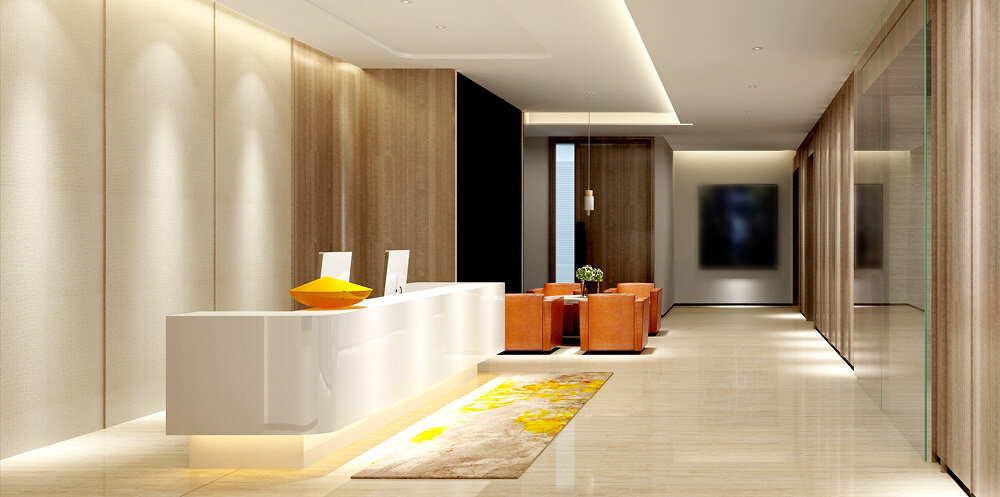
Heat emission is one of the most significant differences between LED and halogen bulbs. While halogen bulbs emit a significant amount of heat, LED bulbs are relatively cool. This is because LED bulbs convert most of the energy they consume into light, while halogen bulbs waste a lot of energy as heat. The heat emitted by halogen bulbs can be a significant problem, particularly in enclosed spaces or areas with poor ventilation, as it can cause overheating and even fires. Furthermore, the heat produced by halogen bulbs can be uncomfortable, particularly in warm climates or during the summer months, and can increase air conditioning costs. In contrast, LED bulbs are much more energy efficient, generate less heat, and are therefore more comfortable to be around. Another advantage of LED bulbs is that they have a longer lifespan than halogen bulbs. This is because LED bulbs are less prone to heat damage, which is one of the main causes of halogen bulb failure. When a halogen bulb fails, it typically burns out, which can be dangerous if it happens in an enclosed space. In contrast, when an LED bulb fails, it usually just dims over time, giving you plenty of warning that it needs to be replaced. Additionally, LED bulbs are more durable than halogen bulbs and are less likely to break if dropped or subjected to vibrations. Overall, the reduced heat emission of LED bulbs makes them a safer and more comfortable lighting option than halogen bulbs.
LEDs are known for their low heat emission, which is one of their key advantages over halogen bulbs. This is because LEDs convert a higher percentage of their energy into light, rather than heat. Unlike halogen bulbs, which use a filament to produce light and become very hot, LEDs use a semiconductor material that emits light when an electrical current is passed through it. This means that LEDs not only consume less energy, but also produce less heat, making them safer and more efficient. Furthermore, the low heat emission of LEDs can help to reduce cooling costs in buildings, as less energy is needed to regulate temperatures.
When it comes to heat emission, halogen bulbs are notorious for producing a significant amount of heat. This is because they operate at higher temperatures and use a filament to produce light. While some may appreciate the warmth and cozy atmosphere that halogen bulbs create, it’s important to note that they can also be a fire hazard if they come into contact with flammable materials. In addition, the excess heat can cause discomfort in small spaces and increase cooling costs in warmer climates. On the other hand, LED bulbs emit very little heat, making them an energy-efficient and safe lighting option. LED bulbs use semiconductors to produce light, which means they don’t generate the same amount of heat as halogen bulbs.
When it comes to choosing between LED and halogen bulbs, heat emission is a crucial factor to consider. Halogen bulbs emit a large amount of heat, which can lead to overheating and even fire hazards. In contrast, LED bulbs emit significantly less heat, making them a safer and more energy-efficient option. Additionally, the reduced heat emission from LED bulbs means they have a longer lifespan than halogen bulbs, which can save you money in the long run. Overall, when selecting a bulb, it’s important to take into consideration how much heat it emits to ensure the safety of your home and the longevity of your lighting system.
Cost
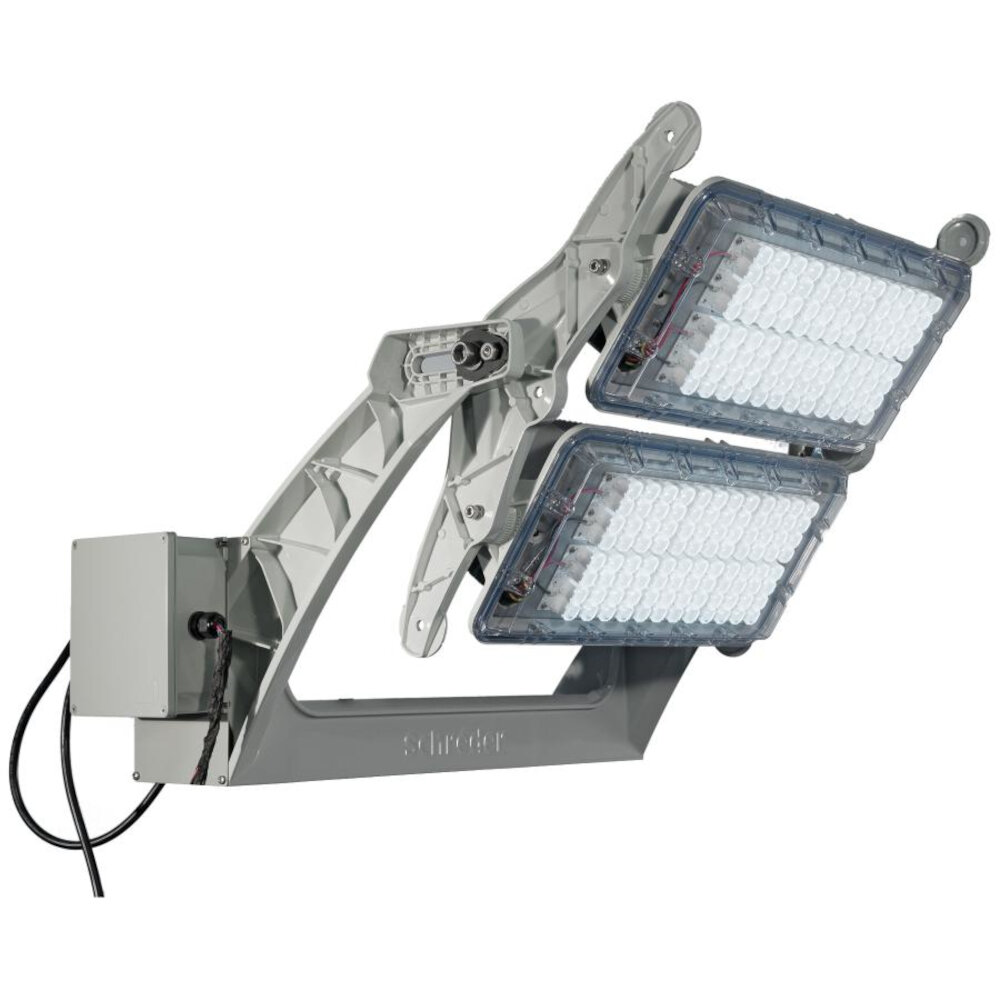
The cost is one of the most crucial factors to consider when comparing LED and halogen bulbs. Initially, LED bulbs might seem more expensive than halogen bulbs. However, over time, LEDs prove to be more cost-effective. LED bulbs last longer than halogen bulbs, which means that you will not have to replace them as frequently. In addition, LED bulbs are more energy-efficient and consume less electricity than halogen bulbs, which translates into lower electricity bills. While halogen bulbs may be cheaper initially, the long-term cost of using LED bulbs is significantly lower, making them a more practical option for those looking to save money. Another factor to consider when comparing the cost of LED and halogen bulbs is their maintenance costs. Halogen bulbs require more maintenance than LED bulbs, which means that you will have to spend more money on replacements and repairs. Halogen bulbs are more fragile than LED bulbs and are more prone to breaking, especially during installation. On the other hand, LED bulbs are more durable and can withstand rough handling without getting damaged. Furthermore, LED bulbs produce less heat than halogen bulbs, which means that they are less likely to damage the surrounding fixtures or cause a fire. In conclusion, while LED bulbs may be more expensive initially, their lower long-term cost and maintenance costs make them a more cost-effective option than halogen bulbs.
LEDs or Light Emitting Diodes are becoming increasingly popular because of their energy efficiency and long lifespan. However, they do come with a higher upfront cost compared to traditional halogen bulbs. The reason for this is the technology involved in producing LEDs. Unlike halogen bulbs, LEDs use semiconductors to emit light, which requires more complex manufacturing processes and materials. Additionally, LEDs require specialized electronics to operate efficiently, adding to the cost. However, the higher upfront cost of LEDs is offset by their lower energy consumption and longer lifespan, making them a more cost-effective option in the long run.
When comparing LED and halogen bulbs, one of the major advantages of the latter is its lower upfront cost. Halogen bulbs are generally cheaper to purchase than LED bulbs, making them a more attractive option for those on a tight budget. However, it is important to note that while halogen bulbs may be cheaper initially, their long-term cost can be much higher due to their shorter lifespan and higher energy consumption. Additionally, LED bulbs offer a range of benefits beyond just energy efficiency, including better color rendering, lower heat output, and improved durability. Ultimately, while halogen bulbs may be a more affordable option in the short term, investing in LED bulbs can provide significant long-term savings and benefits.
When it comes to choosing the right type of bulb for your home or office, cost is a crucial factor to consider. While LED bulbs tend to be more expensive upfront than halogen bulbs, they offer significant long-term cost savings. LED bulbs are known for their energy efficiency and can last up to 25 times longer than halogen bulbs, which means fewer replacements and lower electricity bills. Additionally, LED bulbs produce less heat, which can also contribute to a reduction in cooling costs. While halogen bulbs may seem like a more affordable option at first, their short lifespan and higher energy consumption make them a more expensive choice in the long run. Therefore, understanding the importance of cost in choosing bulbs is essential to make an informed decision that benefits your wallet and the environment.
When it comes to lighting, LED and halogen bulbs are two of the most popular options. One of the main differences between the two is their energy efficiency. LED bulbs use less energy than halogen bulbs, which means they are more cost-effective in the long run. Furthermore, LED bulbs last significantly longer than halogen bulbs, with an average lifespan of 25,000 hours compared to just 2,000 hours for halogen bulbs. Another key difference between the two is their heat output. Halogen bulbs give off a lot of heat, while LED bulbs remain cool to the touch, making them safer and more versatile. Additionally, LED bulbs are available in a wider range of colors, do not contain harmful chemicals, and are more environmentally friendly than halogen bulbs. Overall, while halogen bulbs may be cheaper initially, investing in LED bulbs can result in significant savings in energy costs and replacement expenses over time.
When it comes to choosing between LED and halogen bulbs, there are several key factors that one should consider. Energy efficiency is an important consideration, as LED bulbs use significantly less energy than halogen bulbs, resulting in lower electricity bills and a reduced carbon footprint. Lifespan is another critical factor, as LED bulbs last much longer than halogen bulbs, which means less frequent replacements and lower maintenance costs. Heat emission is also important, as LED bulbs produce much less heat than halogen bulbs, making them safer and more comfortable to use. Finally, cost is a significant factor, as LED bulbs are generally more expensive upfront than halogen bulbs, but their energy efficiency and long lifespan make them a more cost-effective choice in the long run. By considering these factors, consumers can make an informed decision about which type of bulb is best suited to their needs and budget.
After analyzing the features and benefits of LED and Halogen bulbs, it is recommended to opt for LED bulbs due to their long-lasting and energy-efficient characteristics. LED bulbs consume less energy than halogen bulbs, resulting in lower electricity bills and more eco-friendly lighting solutions. Additionally, LED bulbs have a longer lifespan, making them a more cost-effective option in the long run. Furthermore, LED bulbs emit less heat, making them safer to use and reducing the risk of accidental burns. Despite being more expensive initially, LED bulbs are a better investment, providing a brighter and more reliable source of light that satisfies the needs and preferences of most consumers.
Conclusion
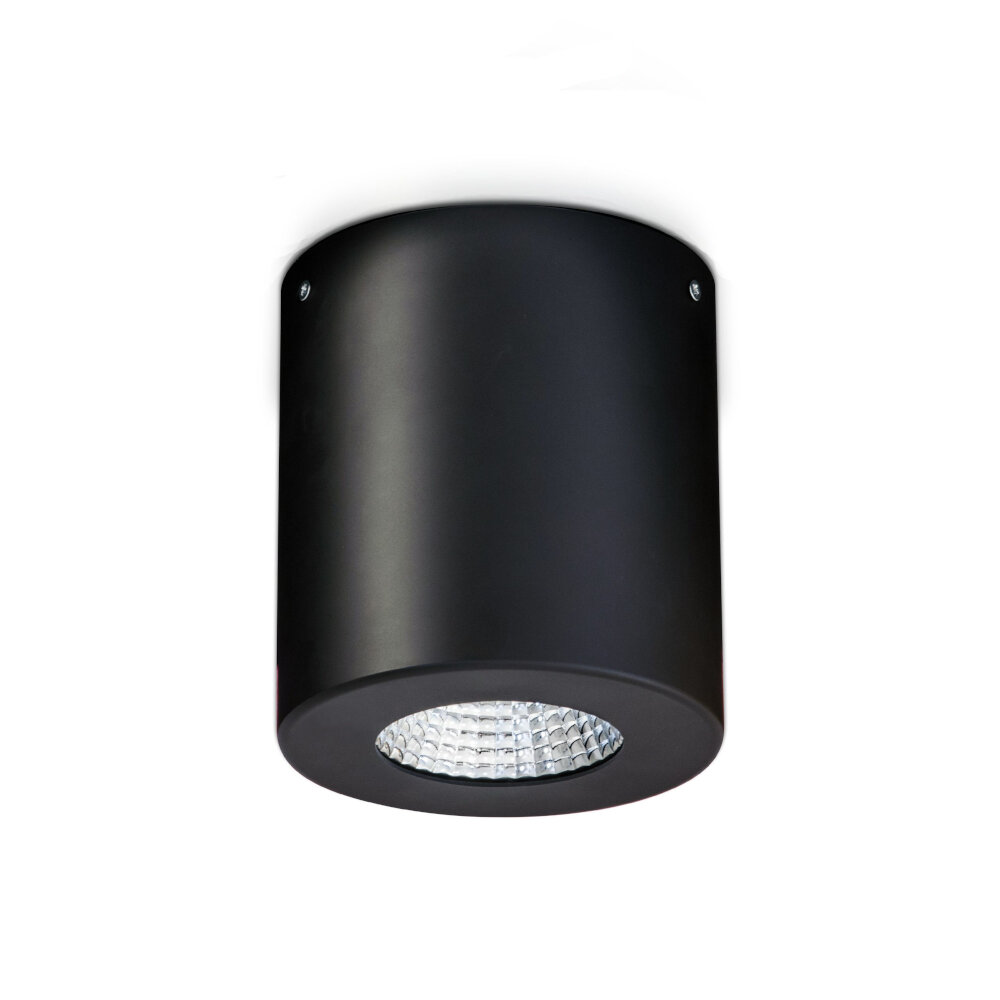
In conclusion, it is evident that LED bulbs and halogen bulbs have their own unique set of advantages and disadvantages. LED bulbs are more energy-efficient, have a longer lifespan, and emit less heat, making them an ideal choice for both residential and commercial lighting. On the other hand, halogen bulbs are cheaper, emit a warmer and more natural light, and are more readily available. When it comes to selecting between LED and halogen bulbs, it ultimately depends on your individual lighting needs and preferences. While LED bulbs may be a more expensive initial investment, they can save you money in the long run, whereas halogen bulbs may be more cost-effective for short-term use. Regardless of which type of bulb you choose, it is essential to consider the environmental impact of your lighting choices, as well as the safety and efficiency of the bulbs themselves. With this knowledge, you can make an informed decision and select the ideal bulb for your lighting needs.


